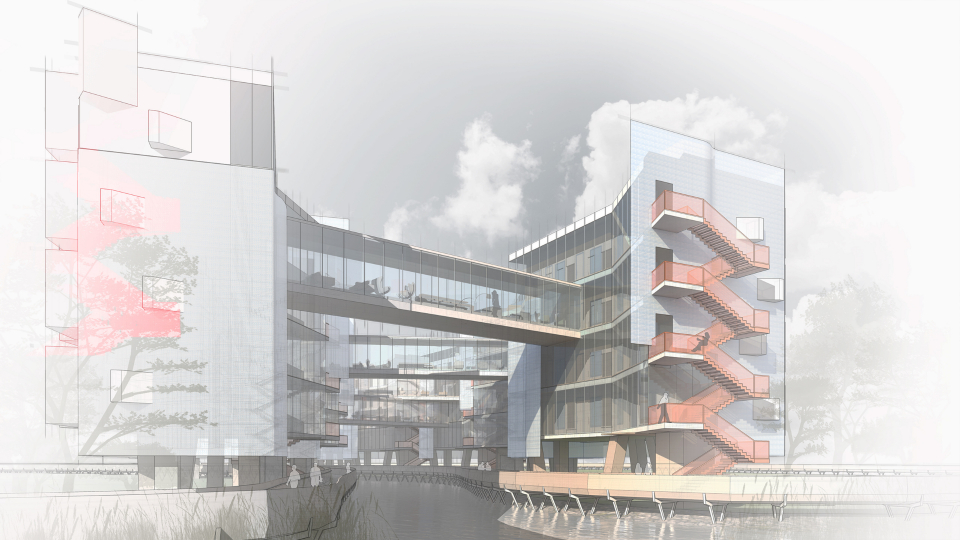

Industrial and interior designers use it to model products and rooms respectively, and the program’s user-friendliness means it has also found fans outside of the design industries. Of course, it’s not only architects who use SketchUp. Having said that, some users complain that it struggles to handle the most complex modelling tasks, and that photorealistic rendering can be time-consuming on SketchUp compared to other software (though plugins such as Lumion LiveSync or V-Ray help considerably). With the right plugin, SketchUp even has BIM functionality (a huge range of plugins is available at the Extension Warehouse, making SketchUp one of the most flexible programs going). It excels at 3D visualization its unique push/pull tool lets you bring a third dimension to a 2D shape and it has a huge database of downloadable, user-created models to save you time.

In fact, at almost any stage of the building design process, there’s something SketchUp can help with.

How is SketchUp used?Īrchitects mainly use SketchUp to create 3D models of buildings and landscapes, but the program can also be used for architectural drawings and plans. Part of SketchUp’s popularity is surely also be due to the fact that it’s available for free – though the Pro version will set you back around $300 a year and the Studio version $700. You don’t have to worry about fiddly or confusing elements when showing a client a SketchUp design the program employs simple tools like pan, zoom and orbit that are universally familiar. What’s more, it’s easy for clients (who may have little architectural knowledge) to see what you’re trying to communicate. You don’t have to be an expert designer or architect to learn to use SketchUp.Īnyone who’s computer literate can grasp the basics, and once you have, it takes no time at all to knock up a design. The main reason people choose SketchUp is its simplicity when it was first released in 2003 it was criticized for being too simple, but it’s come on in leaps and bounds since then. Architects typically rely on a suite of 3D modelling programs, and depending on the task they need to accomplish may choose SketchUp, Rhino, Revit, AutoCAD, ArchiCAD or several others. Most architects use SketchUp in one way or another, but it’s important to remember that it’s only one of many 3D modelling programs out there.

It’s the first piece of ‘architectural’ software most of us play with – though in fact it’s used by professionals who design all kinds of things, and not just buildings – yet experienced architects still turn to it for a variety of tasks.īut what exactly can SketchUp do? Who is most likely to use it? What are the shortcomings of the program – and why do people love it all the same? This article will give you the lowdown on everyone’s favorite multi-tasker! Does every architect use SketchUp?


 0 kommentar(er)
0 kommentar(er)
